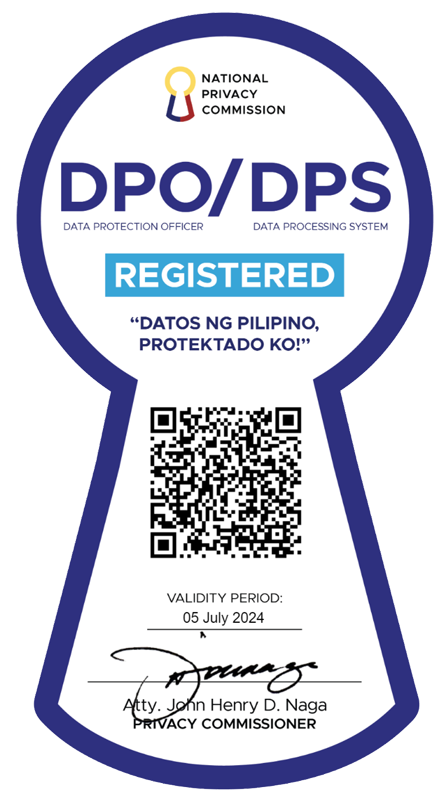Pinoy astronomer to play key role in Jupiter exploration
On July 4th, the National Aeronautics and Space Administration's (NASA) Juno spacecraft will begin investigating Jupiter, with the new information leading to a better understanding of our solar system.
June was launched on August 5, 2011 and while the journey has been long, the investigation is just about to begin and it doesn't end until 2018.
Aside from the team that helped Juno lift off and make its voyage through space, the world's leading amateur and professional astronomers will collaborate with NASA to better understand the "state and evolution of Jupiter's atmosphere over the course of the mission."
Among those tapped by NASA is Cebu-based amateur astronomer Christopher Go, a leading planetary imager who has been observing Jupiter for 12 years.
"I’ve been imaging Jupiter since 2004 and have worked for many years to develop collaborations between amateur and professional astronomers. Amateurs have the advantage in that they don’t have to apply for telescope time, and the equipment now available means that we can make very high-quality observations," he said.
He added, "I am delighted that the amateur community has been invited to collaborate on Juno and excited at the opportunity to make an important contribution to the mission."
Go is one of the 29 participants—13 planetary scientists and 16 amateur astronomers—from 13 different countries, including Japan, Romania, Slovenia, and the US to attend a workshop at the Observatoire de la Côte d’Azur in Nice, France for a coordinated ground-support for the Juno mission.
Go's first major discovery involving Jupiter was in February 2006, when he observed that the planet's Oval Ba white spot turned red. This spot is now called "Red Spot Jr."
Following this discovery, Go was accepted into the American Astronomical Society and its Division for Planetary Sciences (DPS).
In June 2010, he and fellow astronomer Anthony Wesley were able to capture a fireball exploding in Jupiter.
"This is where amateurs fill the gap, this is how we basically contribute to the science of astronomy," Go said in a feature by telescope manufacturing company Celestron, "It might just be an image, but that image is a useful data that professional astronomers need to basically understand the universe."
Go is a Physics graduate from the University of San Carlos. He started looking up at the sky when he was in high school, with a pair of 10X40 binoculars. —ALG, GMA News





